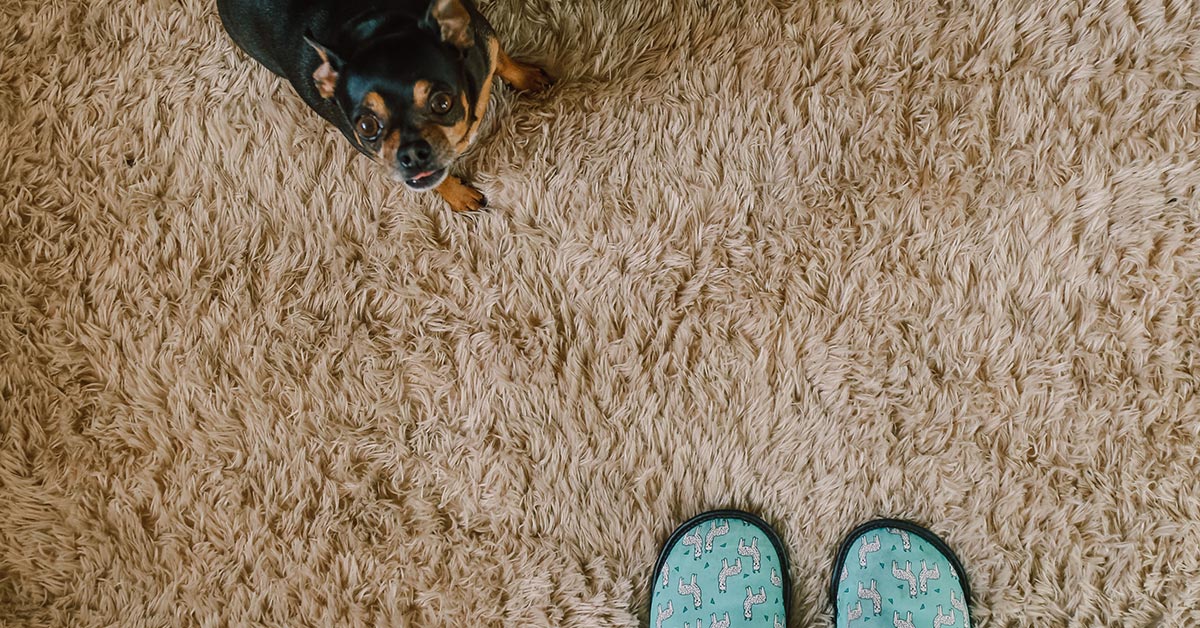While many Baby Boomers today are providing care for their aging loved ones, this generation is preparing to enter the ranks of the old as well. Baby Boomers, defined by those born between 1946 and 1964, are estimated to control 70% of all disposable income in the United States, making them an incredibly influential group. While advances in the healthcare industry will allow some of these adults to remain at home for longer, some individuals will undoubtedly need to rely on long-term care facilities to meet their needs. Facilities that understand the facts behind carpet care myths and go above and beyond in creating welcoming environments will be more successful at attracting and retaining residents.
The role of carpet care
Carpet care is one aspect of interior maintenance that is especially key. In fact, according to a recent survey conducted by The Harris Poll among 2,012 U.S. adults ages 18 and older, a majority of Americans (93%) say dirty carpet with stains, animal hair or food residue in a facility would negatively impact their perception of that business/organization. Dirty carpet also has a large impact on the success of long-term care facilities. The research found that in a long-term care facility such as a nursing home or continuing care retirement facility, dirty carpet would negatively impact 72% of Americans’ perceptions of the organization. In other words, nearly three of every four individuals would leave thinking less positively about the facility. If this is a prospective resident, they’ll most likely cross it off their list of potential places to live. If it is a family member or friend of a current resident, they may voice their concerns to this person.
The survey also detailed which actions Americans would take as a result of encountering unkempt carpet. More than half of Americans (58%) would assume the facility is not clean, while 56% would look for an alternative facility to use/go to and half (50%) would spend less time in the facility. These actions can gravely impact resident satisfaction and the profitability of the business.
Not only is poor carpet care bad for business, it can result in accelerated deterioration of carpet quality. Carpet can last for many years, but only if it is properly cared for. Replacement is costly and disruptive, especially in environments that house full-time residents.
Uncovering carpet cleaning myths’ facts
There are certain carpet cleaning myths that can have a negative impact on a long-term care facility including:
- Chemistry should always lift stains immediately – While high-quality chemistry will have a quick and noticeable effect on certain stains, other stains may reappear several days after chemistry application. Don’t assume that the reemergence of stains means that your chemistry is ineffective. For tough stains like blood, red wine or bodily fluids, it may be necessary to reapply the chemistry and agitate it to lift stains from the carpet pile.
- More moisture is more effective – While moisture is an essential component of carpet care, you shouldn’t saturate flooring, as this can lead to mold, mildew, odors and fiber damage. Low-moisture encapsulation systems use much less water and allow carpet to dry within 20-30 minutes. Long-term care facilities should consider this sustainable and productive process, as it allows them to reduce water usage while making carpeted areas available for use much more quickly. Facility managers must also understand that the use of certain machines may void their manufacturer’s warranty. Thus, they should determine how a machine operates and whether it negatively impacts carpet fibers or warranties.
- Overcleaning damages carpet – Some facilities extend the time between vacuuming and interim maintenance to avoid wear and tear. However, if carpet care is done properly, regular and thorough maintenance does not lead to damage. Carpet is meant to withstand foot traffic, spills and mechanical agitation for years. Using an ergonomic, lightweight machine and following the manufacturer’s instructions on proper system and chemistry use, helps carpet last. Properly maintaining machinery so that it can withstand regular use is also key. Be sure to replace brushes as needed, flush the spray nozzle to ensure accurate application of chemistry and empty the collection tray on a routine basis.
The facts around carpet cleaning
Long-term care facilities aim to create home-like environments for residents, their visitors and their staff. From pleasant lighting to comfortable furniture to plush carpet, there are many factors that help these facilities achieve this goal. Unfortunately, blind faith in carpet care myths can lead to the development of mold, mildew, odors and even premature wear and tear. Replacing carpet is not only an expensive process, but it is disruptive.
Properly caring for carpet can extend its lifespan, helping long-term care facilities reduce costs and headaches associated with scheduling construction in these busy environments. Understanding carpet cleaning facts and teaching maintenance personnel the right approach to carpet care ensures they follow best practice and keep carpet looking its best for years to come.

